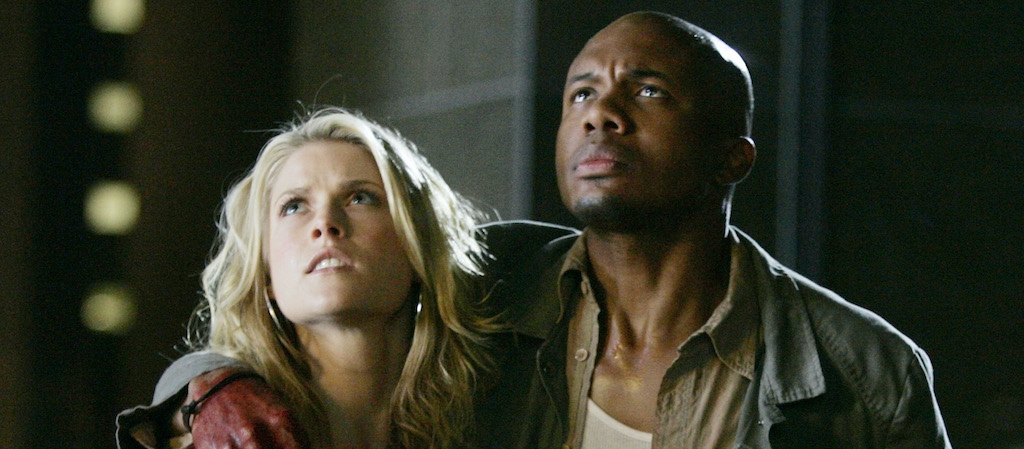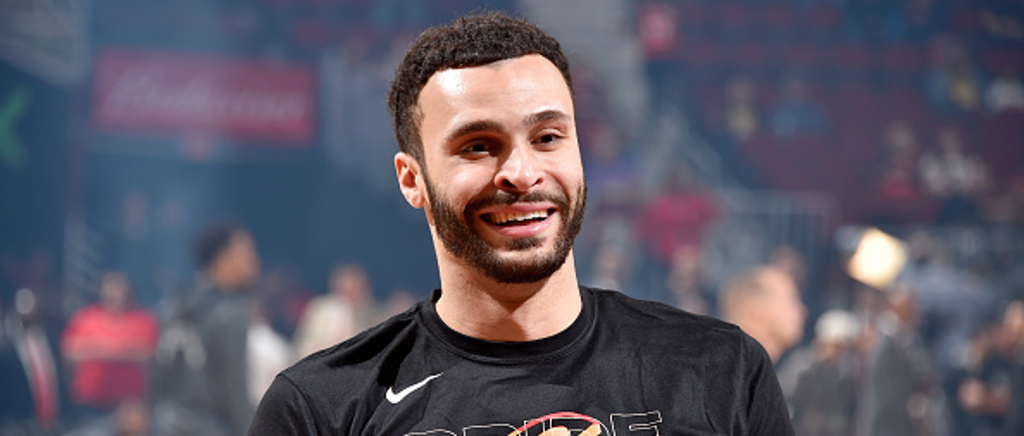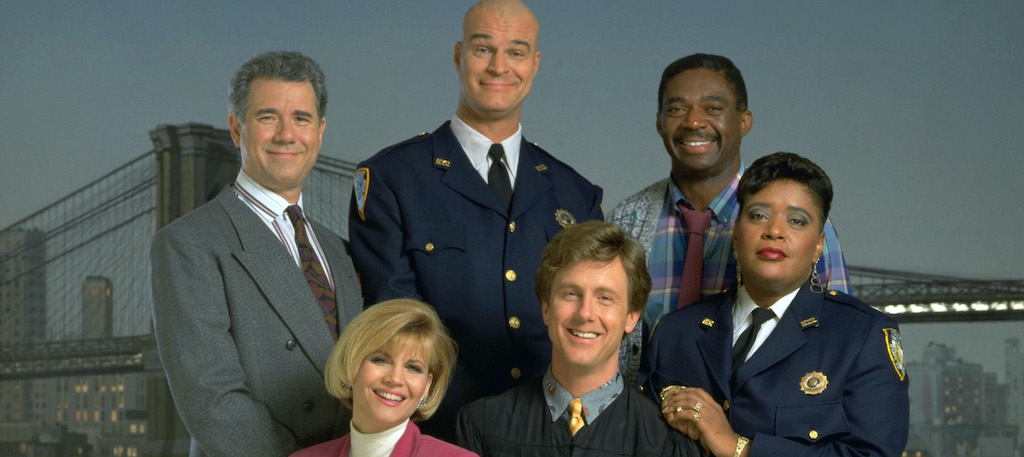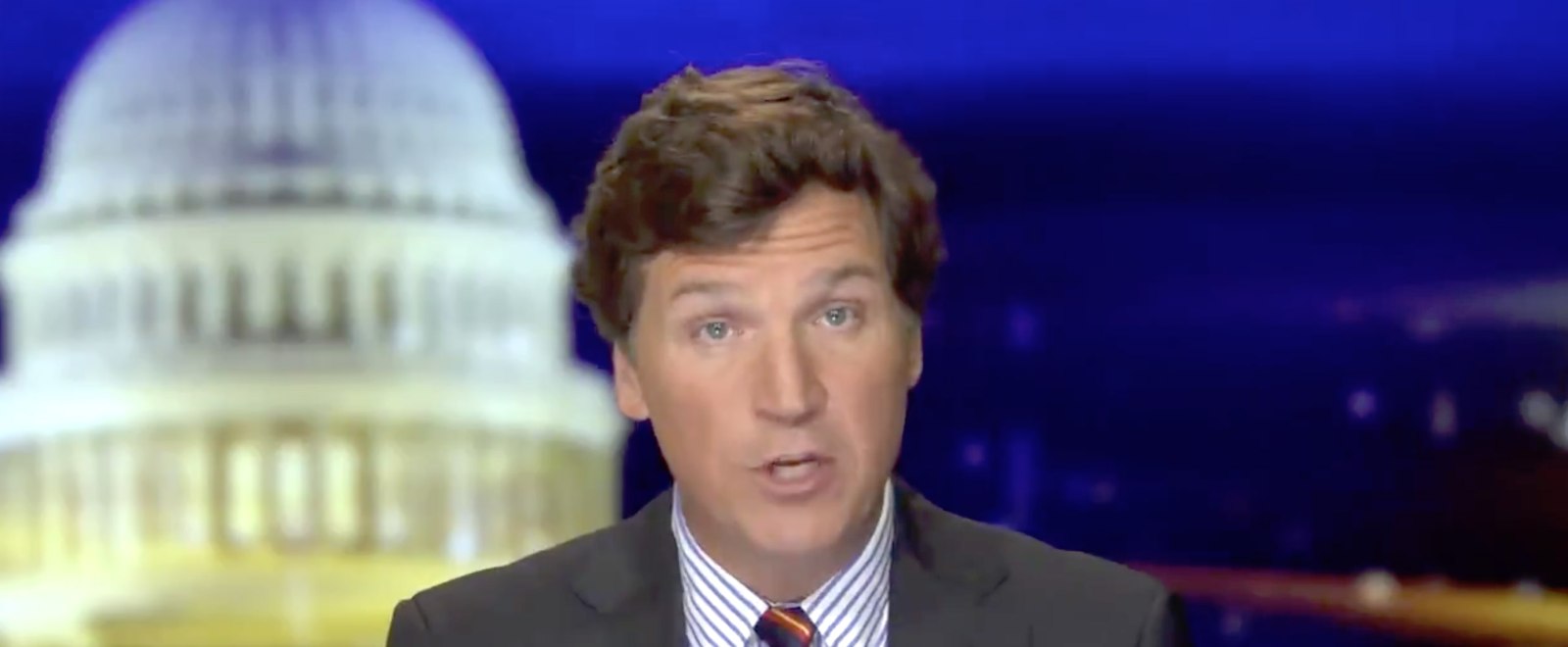
Wednesday, December 16, was the worst day of the pandemic in America, with a reported 247,357 new COVID-19 infections and 3,656 new virus-related deaths. But Tucker Carlson, in all his wisdom, focused on an equally important topic during last night’s Tucker Carlson Tonight: the “Dr.” in “Dr. Jill Biden.” Carlson is one of many conservatives who have recently been obsessed with the soon-to-be First Lady’s doctorate, spurned on by a misogynistic and roundly criticized op-ed in the Wall Street Journal — this week alone, the Fox News anchor said, “Jill Biden is not a doctor, no. Maybe in the same sense Dr. Pepper is,” and on Wednesday, he attacked her again.
“We read her dissertation this week,” Carlson said. “Dr. Jill needs reading glasses, either that, or she’s borderline illiterate. There are typos everywhere, including in the first graph of the introduction. Dr. Jill can’t write, she can’t really think clearly, either.” He continued, “Part of the dissertation seems to be written in a foreign language using English words. They’re essentially pure nonsense like pig Latin or dogs barking. The whole thing is incredibly embarrassing. And not simply to poor illiterate Jill Biden, but to the college that considered this scholarship.” Carlson also came equipped with a “I’m not sexist, I’m just telling it like it is” defense, which usually (100 percent of the time) means you’re saying something sexist. “We call Dr. Jill’s husband dumb all the time,” he explained, with a sh*t-eating grin. “In fact, we’re going to go full feminist here and admit that Dr. Jill is a lot smarter than the man she married… So it’s not a sexism thing.”
Here’s the rant, if you dare.
That’s DOCTOR Jill Biden To You! pic.twitter.com/szFTBZxI3o
— Tucker Carlson (@TuckerCarlson) December 17, 2020
It is a sexism thing, as Carlson has repeatedly referred to Sebastian Gorka — who is not a medical doctor, which Carlson (and Ben Shapiro, not a person you ever want to be aligned with) apparently thinks is the only kind of doctor — as Dr. Gorka.
Tucker Carlson last night suggested that Dr. Jill Biden should not be called a doctor “because she’s not actually a physician.”
There are a few things that Carlson left out. pic.twitter.com/daaNvxyXaf
— Media Matters (@mmfa) December 15, 2020
If only Tucker Carlson was as concerned with the Doctors and nurses who died because Fox News lied to its viewers about the risks of Covid and they infected first responders as he is with talking about whether Dr. Jill Biden should be called “Dr”
— (((DeanObeidallah))) (@DeanObeidallah) December 16, 2020
Where’s the part where Tucker demanded everyone call Gorka a doctor. Did he say not doing so would be sexist? https://t.co/gmcWpr84BR
— Eduardo Neret (@eduneret) December 16, 2020
Tucker Carlson, the trust fund douchewaffle and never asked for late season sitcom kid of a broken Alex P. Keaton and a semi-sentient TV dinner, says Dr. Jill Biden is “a doctor as much as Dr Pepper is” all while fluffing “The Dragon of Budapest,” (non-medical) Dr. Seb Gorka.
— Krown City King (@KrownCityKing) December 16, 2020
I can’t with this. Achieving a doctorate is not easy- it takes years of research and writing and defending your dissertation. Dr. Jill Biden chose to be a teacher- we should be celebrating that, not mocking. Teachers now more than ever are incredibly important. https://t.co/abH6yudTkv
— yasminvossoughian (@yasminv) December 16, 2020
Interesting how Tucker Carlson has no problem calling Sebastian Gorka and others “Doctor” but when @DrBiden uses her honorific, it’s “a very bad case of status anxiety.”pic.twitter.com/VgNtB2KRp4
— Balazs Feher (@balazsfeher) December 16, 2020
But if women with doctorates are allowed to call themselves doctors, what’s next? Women with law degrees calling themselves lawyers? Women in the Senate calling themselves senators? That’s not my America.
— The Volatile Mermaid (@OhNoSheTwitnt) December 17, 2020
Not sure if it’s supposed to be misogynistic or elitist or both… but amid a nation-wide education crisis, in which women are shouldering much of the burden in the field, it’s sad for me to see educators being delegitimatized and devalued https://t.co/Zp9uQ2gbmN
— Mike Bruebach (@mikebruebach) December 16, 2020
Lol yeah our national shame is that our incoming First Lady wrote a dissertation that offends you and not that the current sitting president is a corrupt, lying POS with a history of assaulting women, got it.
https://t.co/ou5WMwh59C
— Danielle A (@AsNellTells) December 17, 2020







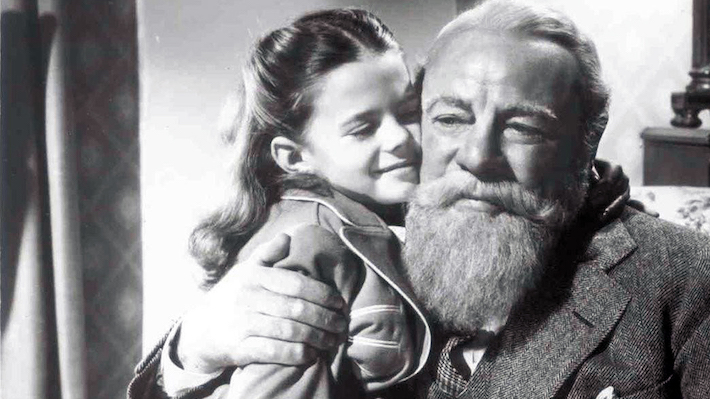


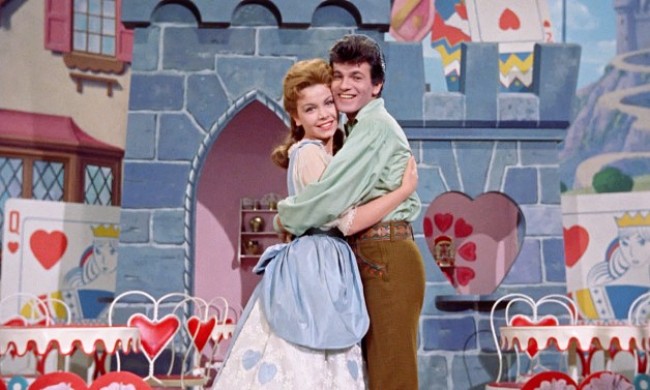


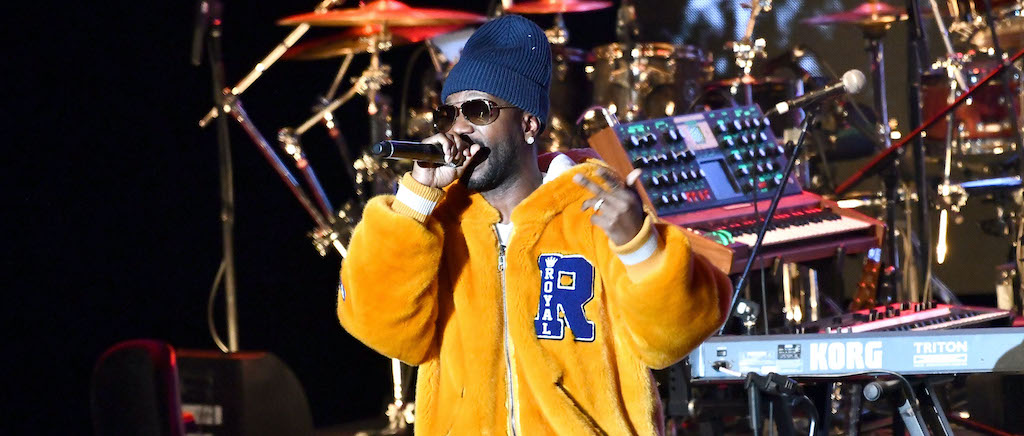
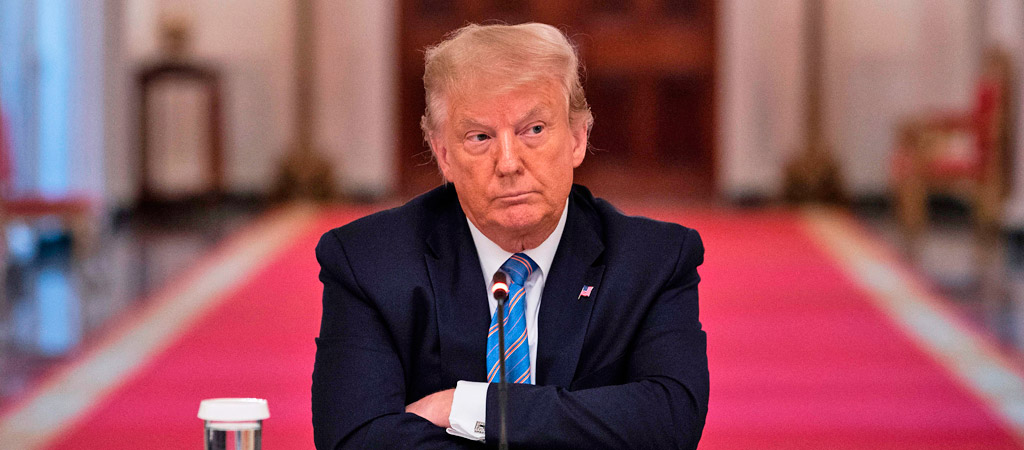
 (@LabyrinthWeaver)
(@LabyrinthWeaver) 
